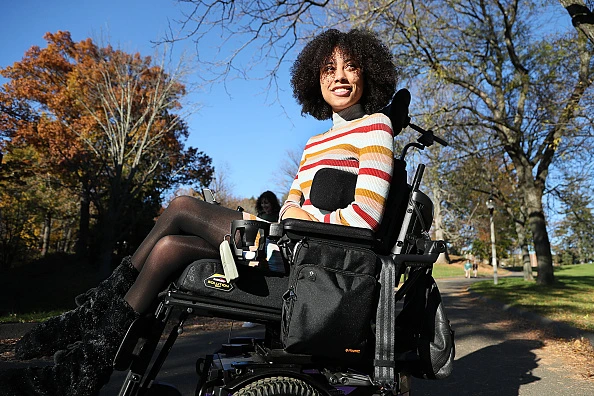
A recent study by Studocu examined the challenges faced by students with disabilities in higher education across cities in the US. With 15% of students in public schools having disabilities, it has become crucial to identify disability-friendly cities that offer the best support and opportunities.

Studocu analysed data from more than 350 cities, focusing on three key dimensions: median income of disabled individuals, cost of living, and the percentage of people with disabilities.
The most disability-friendly cities for students
Youngstown, Ohio, emerged as the best city for students with disabilities, providing a supportive environment for their academic journey. Offering the highest median income for disabled people, Sunnyvale, California, topped the list at an impressive $85,360. Pleasanton and Bellevue followed closely with median incomes of $83,500 and $76,300, respectively.
Despite the progress made in many cities, some areas are still struggling to support disabled students. Bloomington, Indiana, stood out with the lowest median income at just $14,360, while Ames, Iowa, and Provo, Utah, also faced economic challenges with median incomes of $14,908 and $15,115, respectively.
Cost of living impact
The cost of living is a critical factor affecting disabled students’ ability to access education and support services. Cities like Sunnyvale, Redwood, Berkeley, and Pleasanton, all in California, have the highest cost of living due to higher housing and healthcare expenses.
On the other hand, cities such as Youngstown, Decatur, Akron, and Flint offer more affordable living options, but they might have limited job markets and fewer support services.
State rankings for accessibility
The Americans with Disabilities Act (ADA) provides crucial legal protection for individuals with disabilities, aiming to eliminate discrimination in various aspects of public life. While regulations like ADA require accessibility nationwide, the level of implementation varies from state to state, emphasising the need for continued efforts to promote inclusivity and equal opportunities for all students.
New Mexico emerged as the most accessible state for students with disabilities, scoring an impressive 9.2 out of 10 in Studocu’s original data. South Dakota and Florida also ranked high with scores of 9 and 8.9, respectively. Conversely, Wyoming, Wisconsin, and Hawaii were the three worst states for disabled students, each receiving a rating below 7.
[Read more: Tens of millions of eligible disabled Americans aren’t receiving housing assistance]






